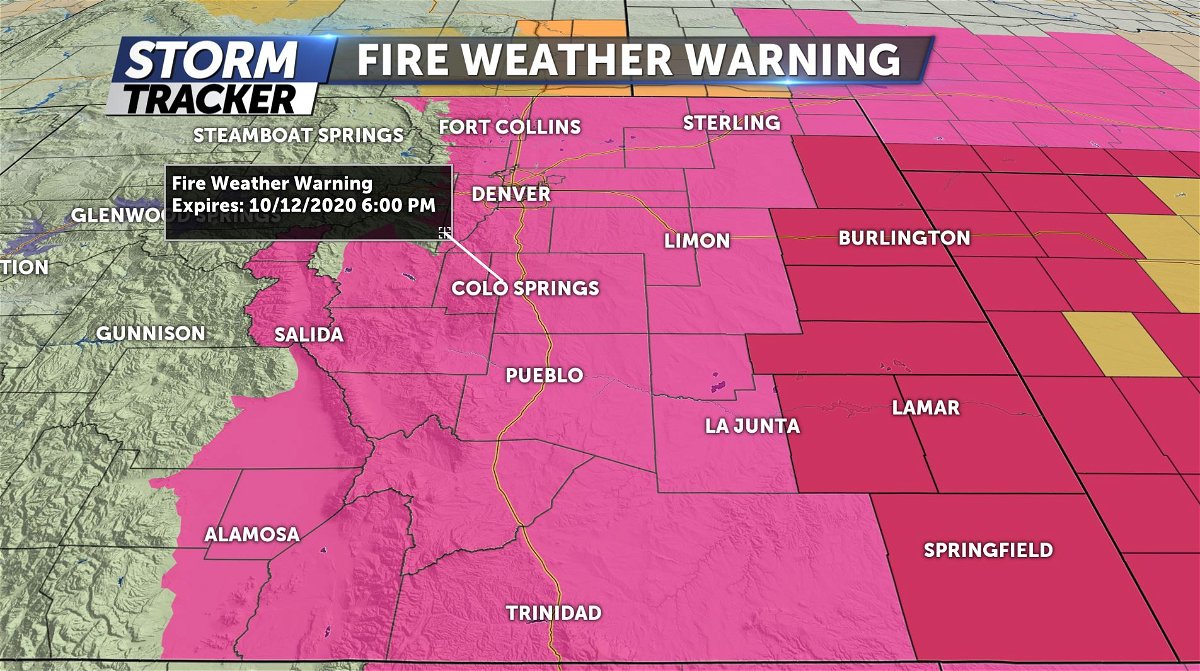
Gusting Winds Prompt Blowing Dust Advisory for Western New Mexico Saturday
Overview:
The National Weather Service (NWS) has issued a blowing dust advisory for western New Mexico, effective from Saturday 10:00 AM to 7:00 PM MST. Gusty winds are expected to raise dust and reduce visibility in the affected areas, potentially creating hazardous driving conditions.
Causes and Impacts:
The blowing dust advisory is due to strong winds forecasted to reach up to 50 mph, primarily affecting the following counties:
- Catron
- Grant
- Hidalgo
- Luna
- Sierra
These high winds can easily lift loose soil and dust particles, creating blowing dust. Reduced visibility caused by the dust can significantly impair driving and outdoor activities.
Safety Precautions:
Individuals in the affected areas are urged to take precautions during the blowing dust advisory. The NWS advises the following:
- Reduce travel: Limit unnecessary driving as dust can create dangerous road conditions and reduce visibility.
- Slow down and use headlights: If driving, slow down and turn on your headlights for increased visibility.
- Stay indoors: As much as possible, remain indoors with windows and doors closed to minimize dust exposure.
- Cover exposed skin: Use a mask or cloth to cover your nose and mouth when outdoors to prevent inhaling dust particles.
Health Concerns:
Prolonged exposure to blowing dust can cause respiratory irritation and health issues, especially for individuals with asthma or other respiratory conditions. Dust particles can also contain harmful bacteria and allergens, exacerbating existing health problems.
Environmental Impact:
Blowing dust events can have adverse environmental consequences. The lifted dust can damage vegetation and crops, reducing air quality and affecting the local ecosystem. Dust particles can also contribute to soil erosion, further depleting topsoil resources.
Mitigation and Prevention:
Mitigating blowing dust events requires a multifaceted approach. Long-term strategies include implementing soil conservation practices, such as revegetation and mulching, to stabilize soil and reduce erosion. Proper land management and vegetation restoration can help prevent excessive dust production.
Conclusion:
The blowing dust advisory for western New Mexico serves as a reminder of the potential hazards associated with strong winds and their impact on our environment and well-being. By taking the necessary precautions, such as reducing travel and covering exposed skin, individuals can minimize the risks during the advisory period. Moreover, long-term mitigation efforts are crucial to mitigate the negative impacts of blowing dust events on our health, environment, and economy.

0 Comments: